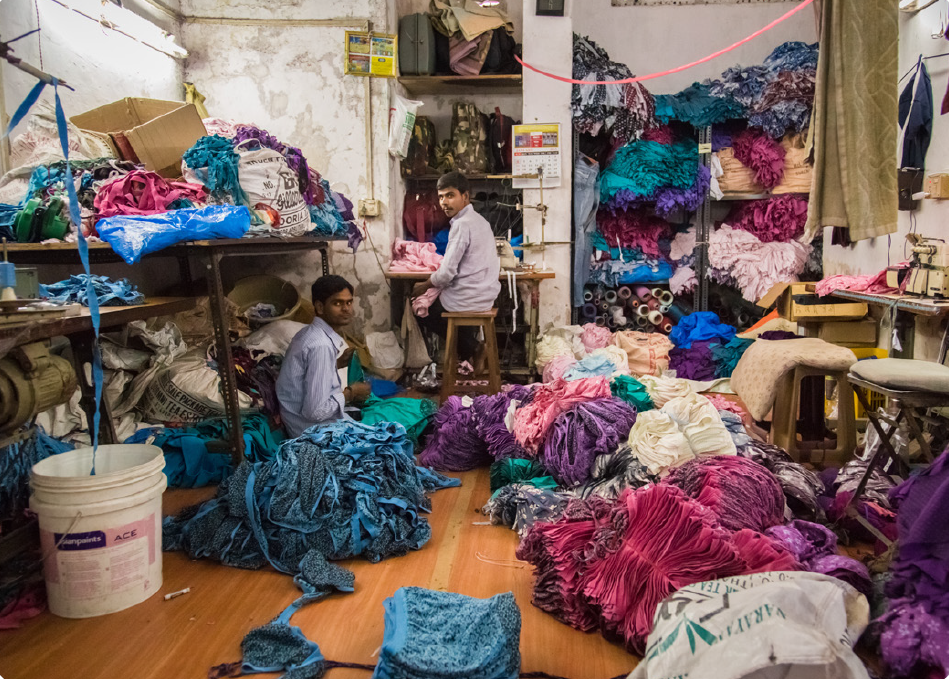
ESG Risk Management along the Supply Chain
The movement by businesses to promote sustainability gathers more momentum every year. We thought it would be good to take a look at the knock-on effect it is having, as businesses around the world face pressure to adapt.
As apparel companies increasingly look to promote sustainability, their supply chain partners are looking to conform. Having an ESG risk management strategy and framework in place is as important for brands and suppliers alike, to discuss and manage ESG risk in partnership, reducing the power imbalance in supply chains.
How the Sustainability Movement is Affecting Apparel Manufacturers
Apparel manufacturers globally are struggling to stay afloat amidst continuous supply chain disruptions, repercussions from global inflation and new ESG expectations.
The major challenges, in relation to sustainability, come from new ESG and mandatory Human Rights and Environmental Due Diligence legislations, affecting apparel brands and their supply chains around the world, and ongoing changes to consumer buying habits. For example, the EU's Corporate Sustainability Due Diligence Directive (CSDDD) requires companies to indentify and mitigate their ESG impacts.
ESG and Due Diligence expectations are now reaching deep into global supply chains. This provides new challenges as brands do not have the visibility beyond their Tier 1 suppliers, while suppliers are not aware of these pressures on their clients and what they mean for them.
Consumer demands related to sustainability and other matters are on the rise. These demands cause brands and other industry players to pay an ever-increasing amount of attention to the sustainability and ethical credentials of manufacturers as well as their products.
These new pressures are part of the evolution of the apparel industry. Where manufacturers are able to reduce their ESG risk profile, they will become more competitive.
What Manufacturers Can Do About It
Key things in effectively addressing ESG risk are for manufacturers to build a risk assessment framework and formulate a customized ESG risk strategy. New approaches and technologies are now available, such as worker voice tools and real-time risk feeds, allowing for a comprehensive 360° risk assessment.
The question that manufacturers need to ask themselves is what do end consumers, brands and other business partners expect from them when it comes to sustainability and ESG risk. Often, manufacturers are the most important link in the chain, when it comes to producing sustainable apparel.
The important thing to note is that where businesses effectively tackle ESG risk, this can make them more valuable and businesses are looking to partner with those manufacturers that most effectively address ESG risk.
ESG is a critical topic and is only gaining more significance world-wide. Global supply chain solution providers like QIMA are at the forefront to help clients understand new mandatory due diligence legislations that are rapidly coming into force, developing ESG risk reports and strategy frameworks that can analyze the supply chain, mitigate risk and reach sustainability goals with more confidence.
Want to know how to get prepared? Read QIMA’s whitepaper Mandatory Human Rights & Environmental Due Diligence: How to Get Prepared
Related Articles


